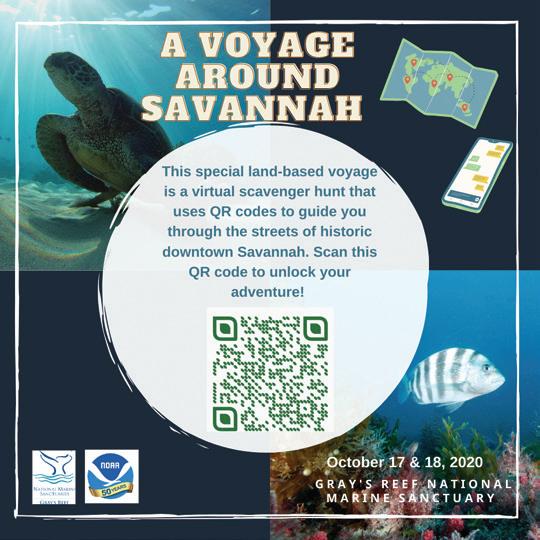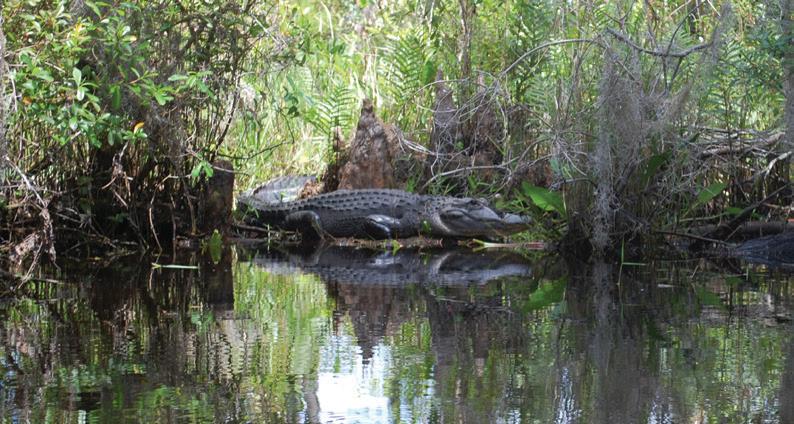Exploring Coastal ecosystems Spartina grass in the low marsh is able to withstand twice daily tides.
Sea oats are critical vegetation on mainland and barrier island beaches. Their sturdy structure allows them to absorb the force of the wind, this decreases the impact and damage at the surface of the sand. However, the root system of this rhizomatous plant has a tap root that extends up to 12 feet deep, and spreads out like a spider’s web over an area of a 100 feet or more. Found on beach dunes, this plant can withstand salt for short periods of time, however, they cannot endure long periods of inundation. Please remember this is a protected plant, and when visiting the beach do not walk on, play with or remove any of this vitally important plant from its habitat. As we move inland, we encounter the low marsh. This area receives the full effect of the rise and fall of the tides, which vary from an average of six to eight feet on normal days, to nine to ten feet or greater during spring tides or king tides (during new and full moons). Our tides can range even higher when storms push more sea water in. Salt content in the marsh can be the same as seawater, however, may be a bit lower depending on the amount of freshwater in the mix, usually ranging from about 28-35 PPT. It takes very specialized plants to live here, such as Spartina sporobolus, (the marsh grass formerly known as Spartina alterniflora). Spartina is able to endure several hours a day submerged in salt water. Imagine if you took a bucket of seawater and dumped it on a rose bush. Not so good for Mr. Rose. Next we start to move inland, though not by miles, rather by mere feet or even inches. The elevation gradually rises, thereby letting less saltwater infiltrate. This area is the mid-marsh, and here we encounter other vegetation and animal life. The salt content starts to diminish to around 15 to 20 PPT, and it’s between here and the low marsh that the magic happens. One of the most vital roles the salt marsh plays is acting as both a nursery and supermarket for the building blocks of the marine ecosystem. All manner of fishes,
Article and Photos By Captain J. Gary Hill
W
hen we think of the lowcountry, the first thing that comes to mind is the flat verdant expanses of marsh grasses. The one hundred miles of the Georgia coast is one of the most intact, largest and pristine saltwater marshes in the country. Estimated at roughly half a million acres, extending from the barrier islands inland, in a straight line approximately seven to ten miles. The average salinity of the ocean is about 35 parts per thousand (PPT) this sort of environment. There are a few native species that live in this tidal ecosystem. The biodiversity of the lowcountry is unique in that ecosystems, or rather micro-ecosystems, can be separated by mere inches where other ecosystems are separated by miles or even hundreds of miles. The driving force for the salt marsh is the tide, and with Georgia having one of the largest tidal ranges on the east coast, our saltmarsh tends to be rather unique. Starting at the ocean we have our first ecosystem, which is a marine system, loaded with fishes, crustaceans, marine mammals, corals and other assorted life. At the oceans edge we have the barrier islands, which, as the name implies are barriers between the ocean and the interior. These islands shield us from the wrath of storms and winds and are dynamic landmasses, ever changing, yet critical to the survival of the saltmarsh in general. 20
Southern Tides Magazine
September 2020










